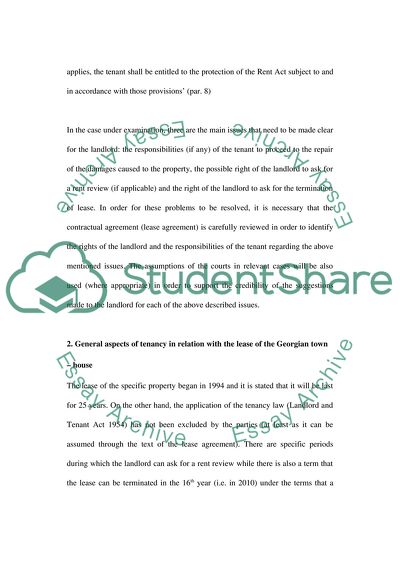Cite this document
(The Case of Georgian Town House Lease Essay Example | Topics and Well Written Essays - 2500 words, n.d.)
The Case of Georgian Town House Lease Essay Example | Topics and Well Written Essays - 2500 words. Retrieved from https://studentshare.org/law/1711348-landlord-tenant-essay
The Case of Georgian Town House Lease Essay Example | Topics and Well Written Essays - 2500 words. Retrieved from https://studentshare.org/law/1711348-landlord-tenant-essay
(The Case of Georgian Town House Lease Essay Example | Topics and Well Written Essays - 2500 Words)
The Case of Georgian Town House Lease Essay Example | Topics and Well Written Essays - 2500 Words. https://studentshare.org/law/1711348-landlord-tenant-essay.
The Case of Georgian Town House Lease Essay Example | Topics and Well Written Essays - 2500 Words. https://studentshare.org/law/1711348-landlord-tenant-essay.
“The Case of Georgian Town House Lease Essay Example | Topics and Well Written Essays - 2500 Words”, n.d. https://studentshare.org/law/1711348-landlord-tenant-essay.


